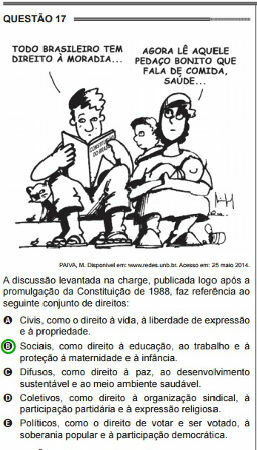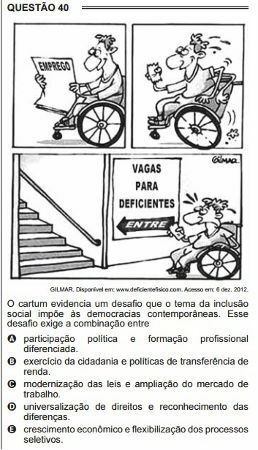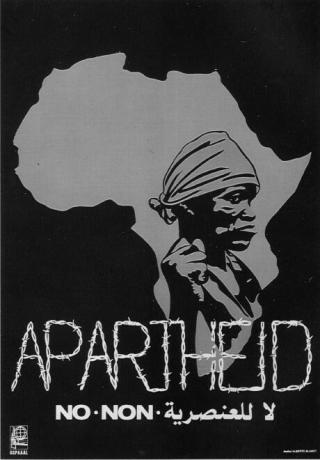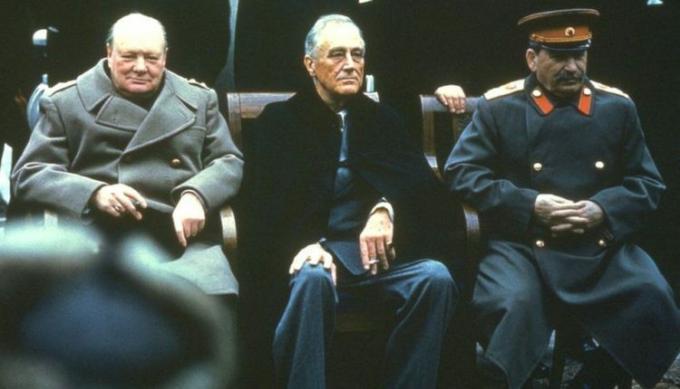The National High School Exam (And either) has a day dedicated to the completion of the test focused on the Human Sciences and its Technologies, which includes the subjects of the human sciences:
- History
- Sociology
- geography
- Philosophy
On that day, the visual language is intensely explored through questions that are elaborated from paintings, cartoons' drawings and photographs.
The purpose of this article is to help the student in the analysis of some questions that were based on cartoons in Enem tests.
This test intensely explores the visual language due to the National Curriculum Parameters (PCNs) and the Complementary Educational Guidelines, which guide the contents to be worked on in teaching average.
According to these documents, some “competencies” must be developed by the student during the learning process. One of them is the “mastery of different languages”, which includes languages and artistic representations, involving the cartoon.
O cartoon is a term that has several meanings. Its first appearance was in the English language, between the 18th and 19th centuries. Its main objective is to offer the reader an intelligent, witty and comical reading of events.
Cartoon in Enem issues
check out cartoon examples in Enem questions.
first question
The first question was present in the 2014 Enem, in the blue notebook.

This question is formulated from the drawing that depicts a man, a woman with a baby in their arms and a child and a cat in the background. They appear to be a family sitting on a sidewalk.
The man, who has the 1988 Constitution, reads an item in the document that refers to the fundamental social rights of Brazilians regarding the right to housing.
- Free Online Inclusive Education Course
- Free Online Toy Library and Learning Course
- Free Online Math Games Course in Early Childhood Education
- Free Online Pedagogical Cultural Workshops Course
The woman, who is carrying a baby in her lap, asks the man to read “that beautiful piece that talks about food, health…”.
The purpose of the cartoon is to make the reader aware of the difference between what the Constitution determines and what happens in reality.
Until 2018, about 7 million Brazilian families were homeless, in addition to limited access to public health of quality and the healthy eating.
Thus, the alternative that best translates the reading of the image is the letter B.
second question
The second question was present in Enem 2015, also in the blue notebook.

This question is based on a cartoon built on three comics. In the first, the wheelchair user is reading a newspaper, on the page facing job vacancies.
The second picture depicts the man going slightly somewhere with a paper in his hand and a cheerful face.
The third portrays the moment when he arrives at a place that is offering job vacancies to the disabled. However, to carry out the interview, he would need to climb several flights of stairs, as the environment does not have an elevator or a ramp.
With this, the man is left with a frustrated face, as he believed he could win a job opening for the disabled.
The irony of the cartoon focuses on the idea that the place offers job openings for the disabled, but does not provide the necessary conditions for access to all groups of disabled people.
The statement asks the student to mark the alternative that contains the main challenge of social inclusion in democracies contemporary. Therefore, the correct alternative is the letter D.
Learn more at:
- Difference between cartoon, cartoon, cartoon and caricature
- Calvin and Haroldo – History, strips, last strip and Enem
- Brazil Empire in Enem issues
The password has been sent to your email.



